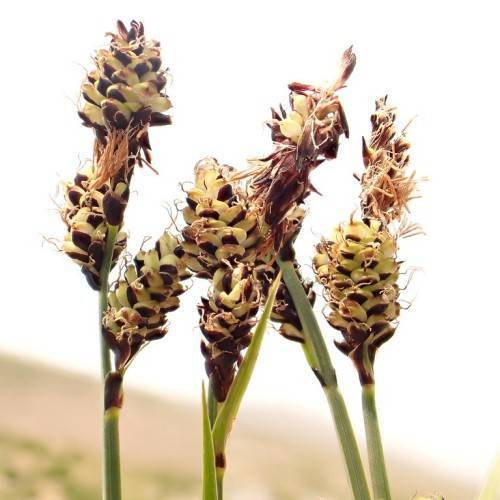
Intermediate Sedge
Carex media
Watering:
Minimal
Hardiness Zone:
Flowers:
Flowers
Sun:
Partial Shade
Soil:
Sand
Leaf:
Yes
Growth Rate:
Low
Drought Tolerant:
Yes
Salt Tolerant:
Yes
Care Level:
Medium
watering
Seaside Sedge should be watered once or twice a week, depending on how dry the soil is. To ensure optimal growth, the soil should be kept moist but not soggy. Use 1-2 inches of lukewarm water for each watering and ensure the soil has a chance to drain after each session. Make sure to water the Seaside Sedge deeply so that the water reaches the roots of the plant. Additionally, feel the top of the soil to sense if it is dry or not before watering. If the top layer of soil is still damp, then it usually doesn't need watering.
sunlight
Seaside Sedge prefers full sunlight or partial shade, though it will grow in full shade. In full sun, it will need 6 to 8 hours of direct sunlight per day. When grown in partial shade, the amount of sunlight it needs is slightly less. This plant species will thrive in sunny, coastal areas but ca also tolerate harsher conditions when grown in partial shade. When given optimal light conditions, Seaside Sedge should benefit from direct sunlight during the morning hours and some protection from the direct sun in the late afternoon or evening.
pruning
Seaside Sedge should be pruned once a year after the last spring frost. Start by removing any dead foliage or stems, as well as any that are overcrowding the healthier growth. Once the dead foliage has been removed, cut the remaining stems back by about a third. Prune any additional, overly long stems to a height of 10-12 inches. This will encourage more bushy growth, and will help the plant to retain a more natural habit.
